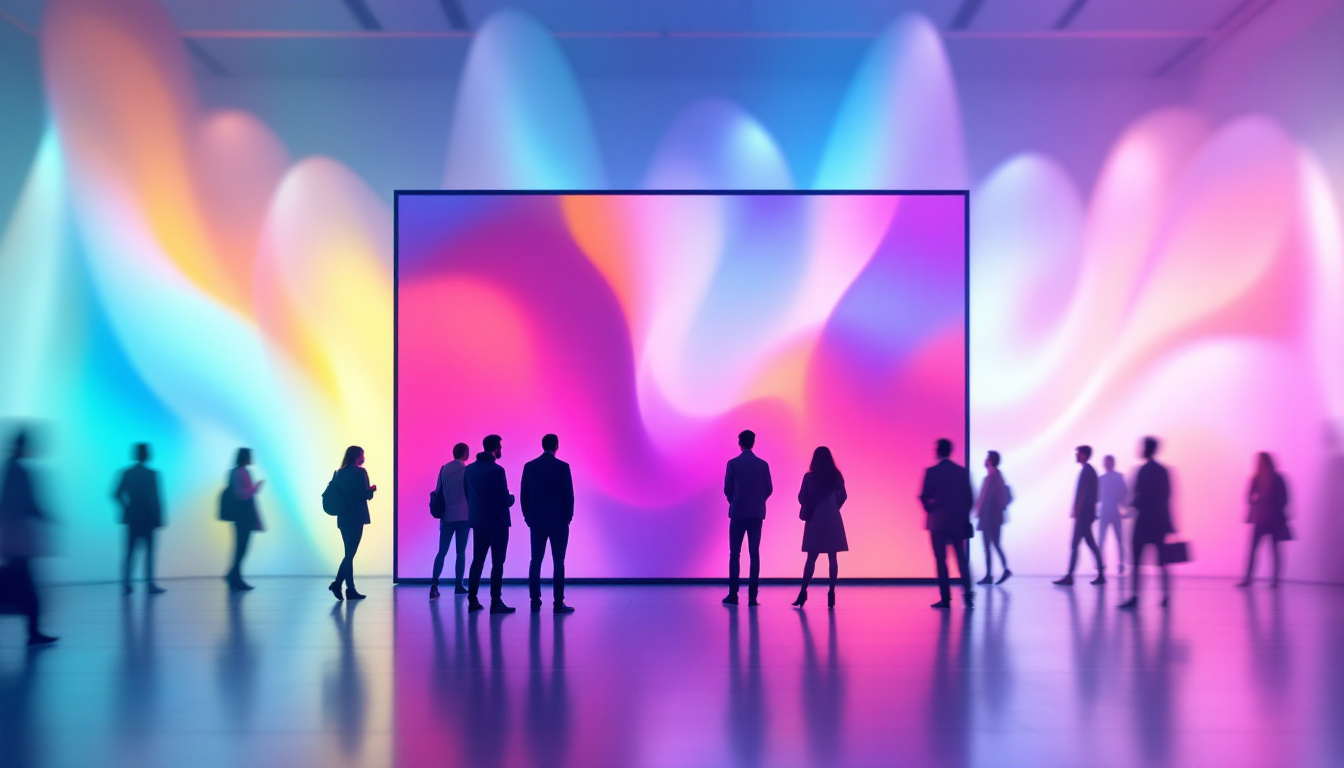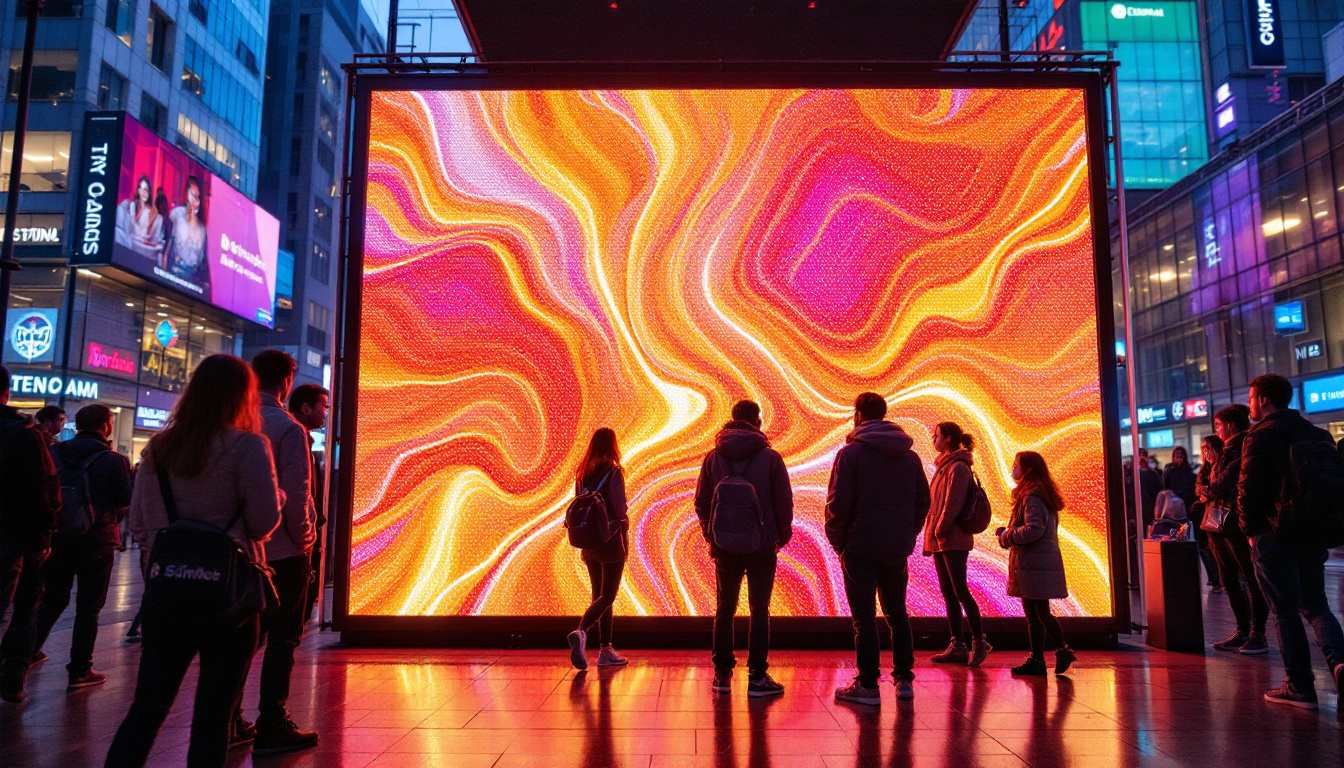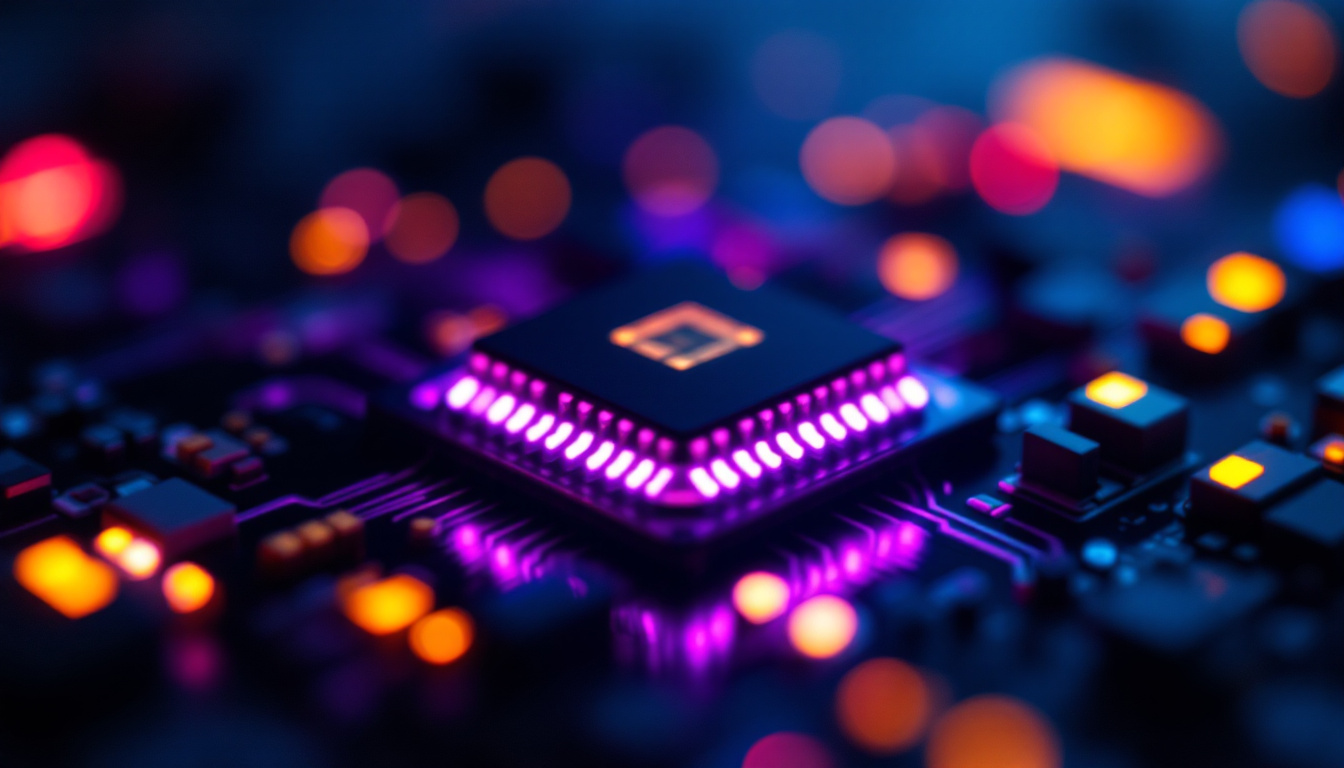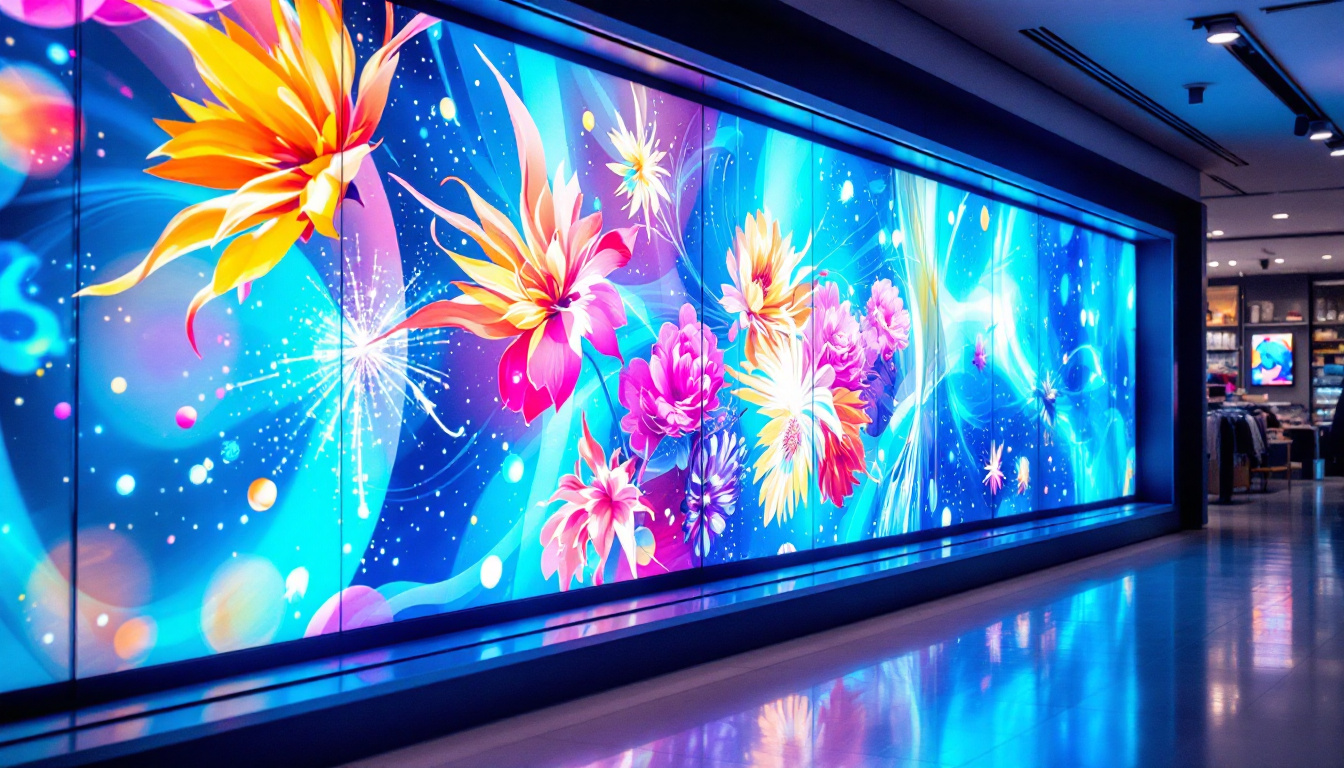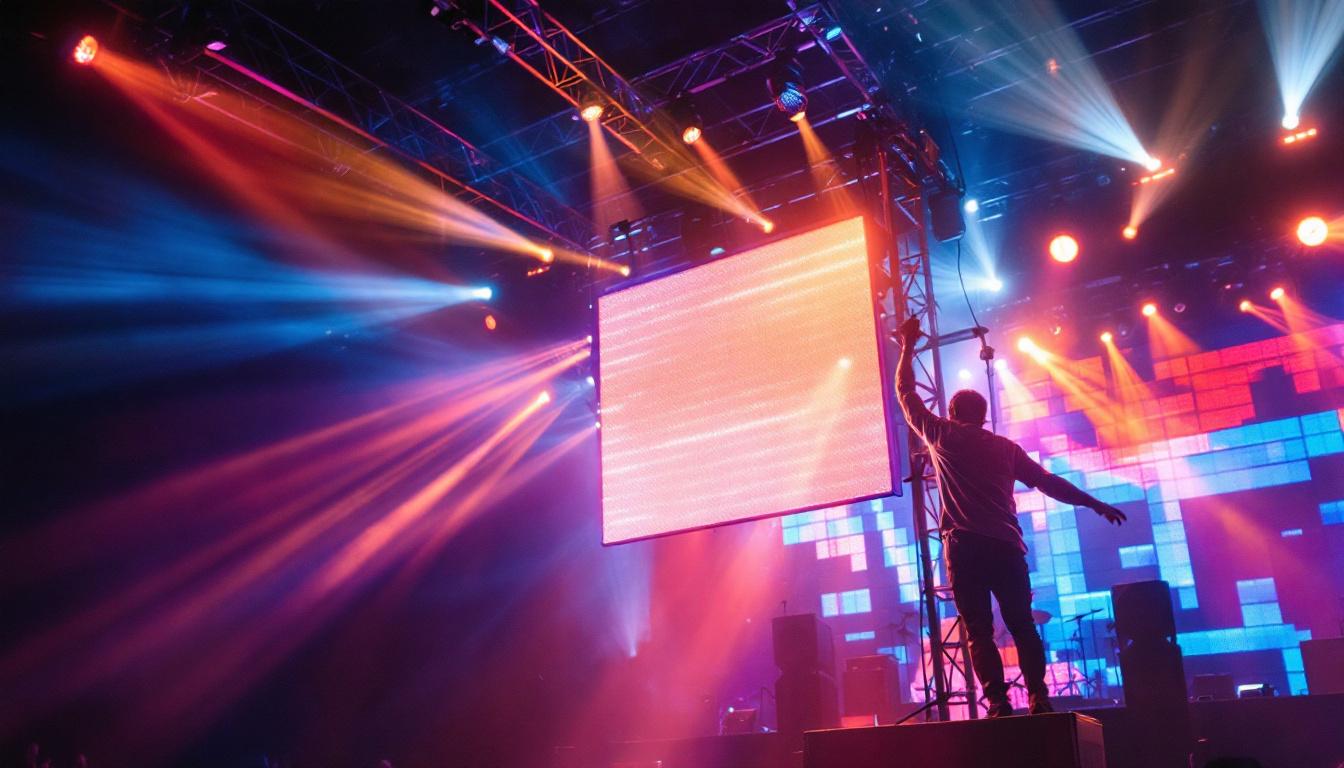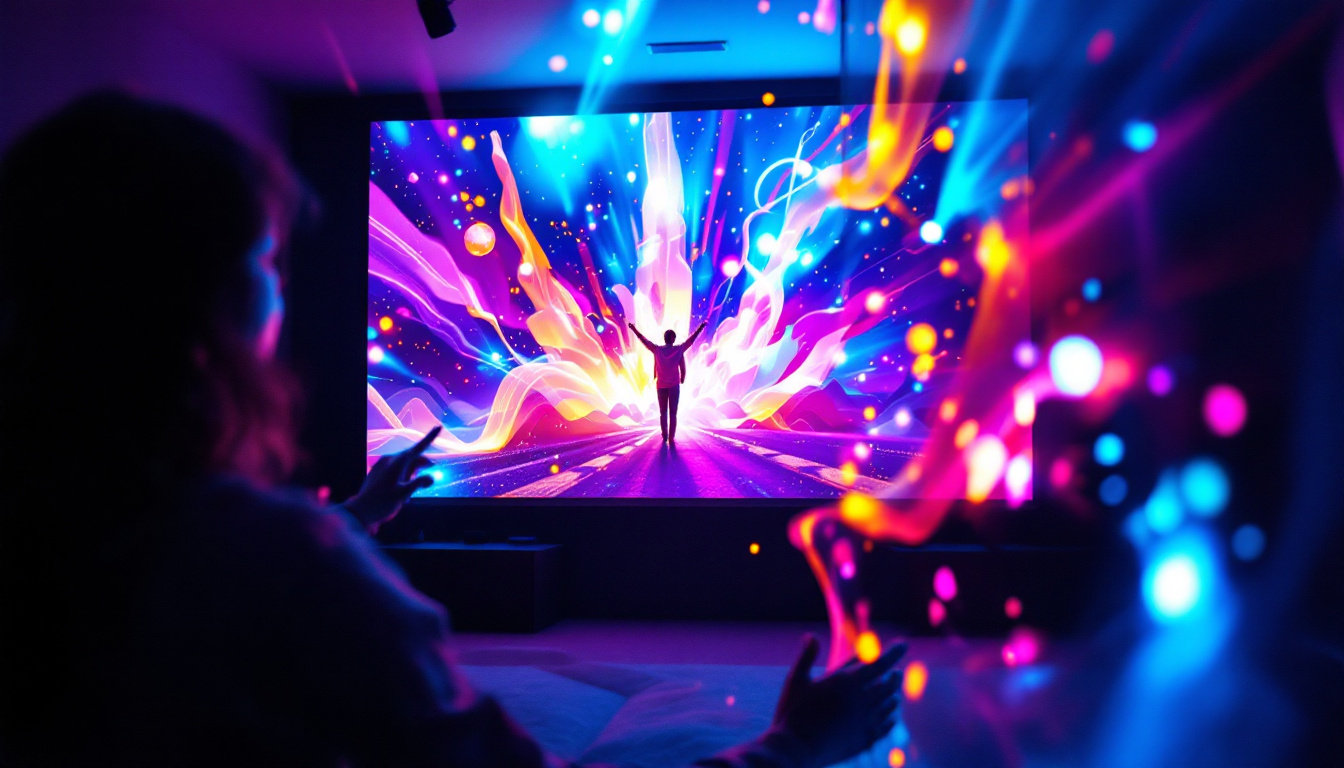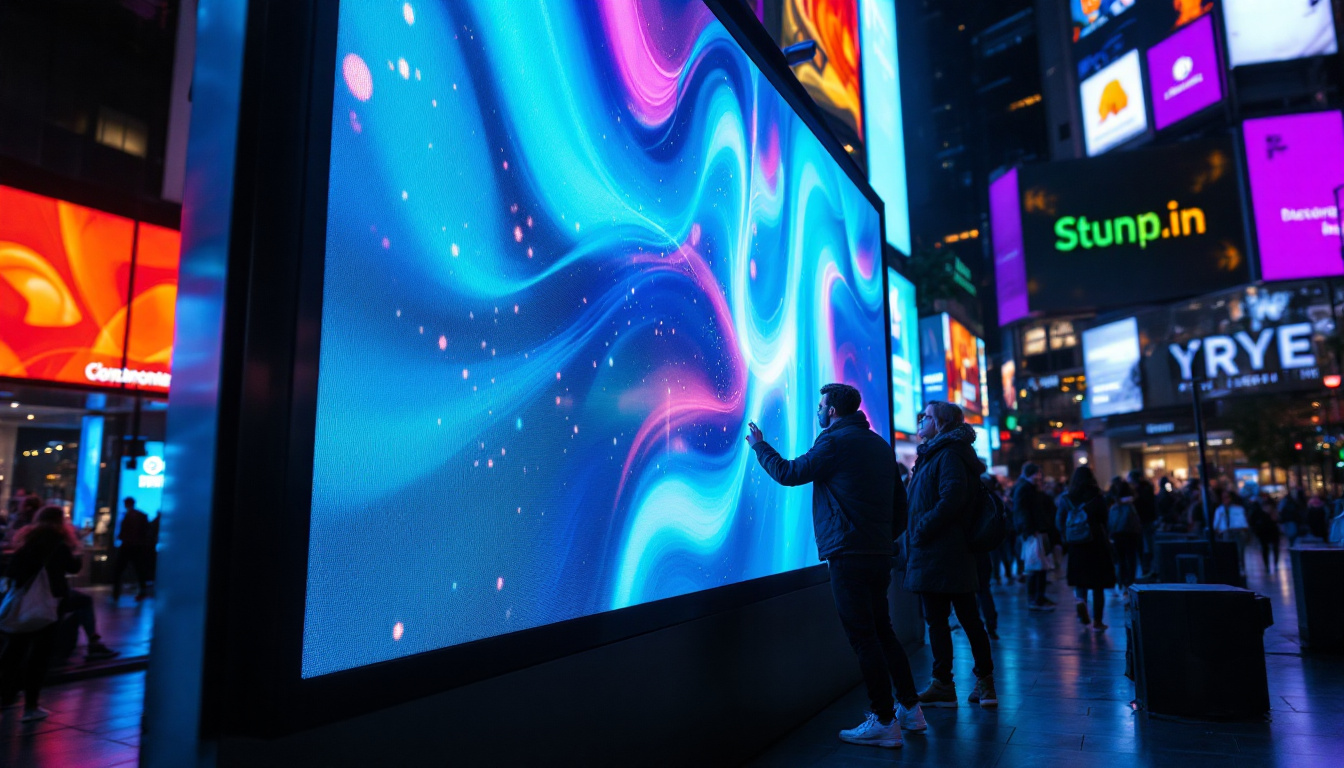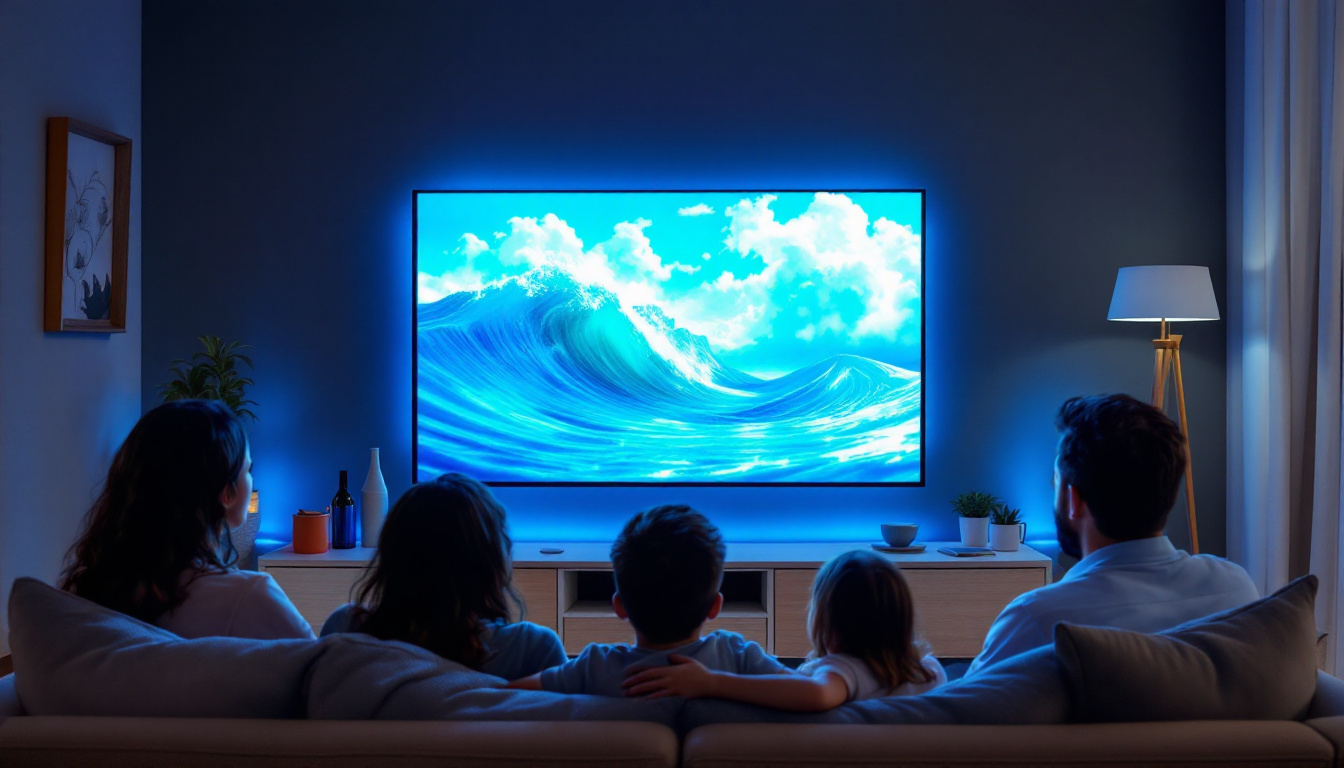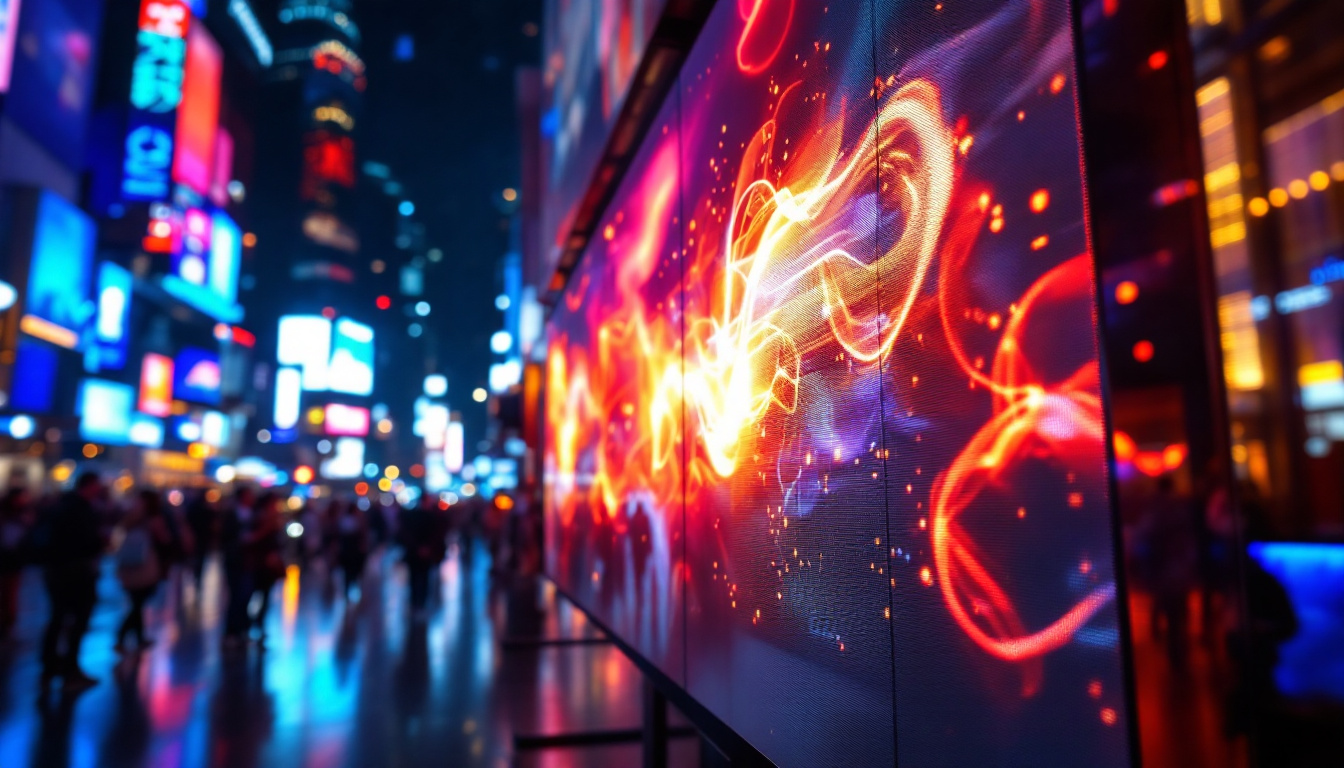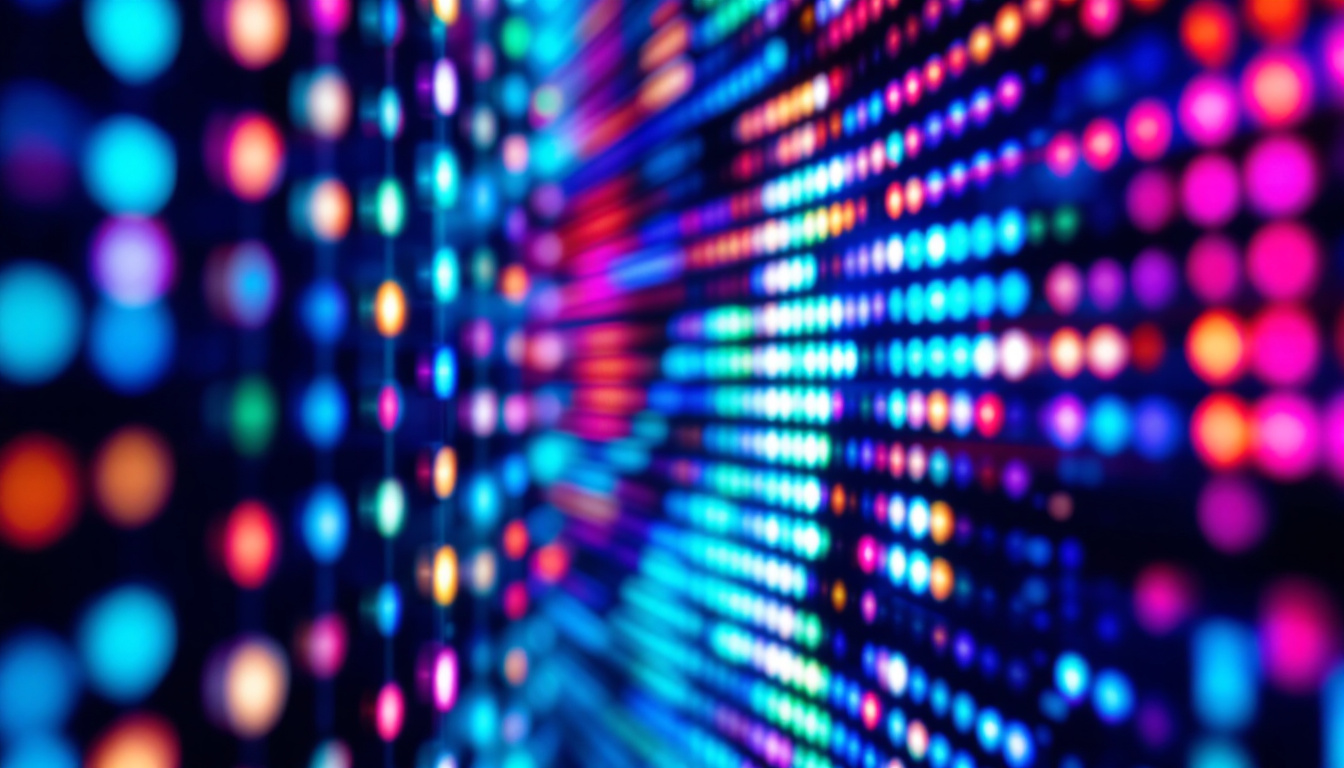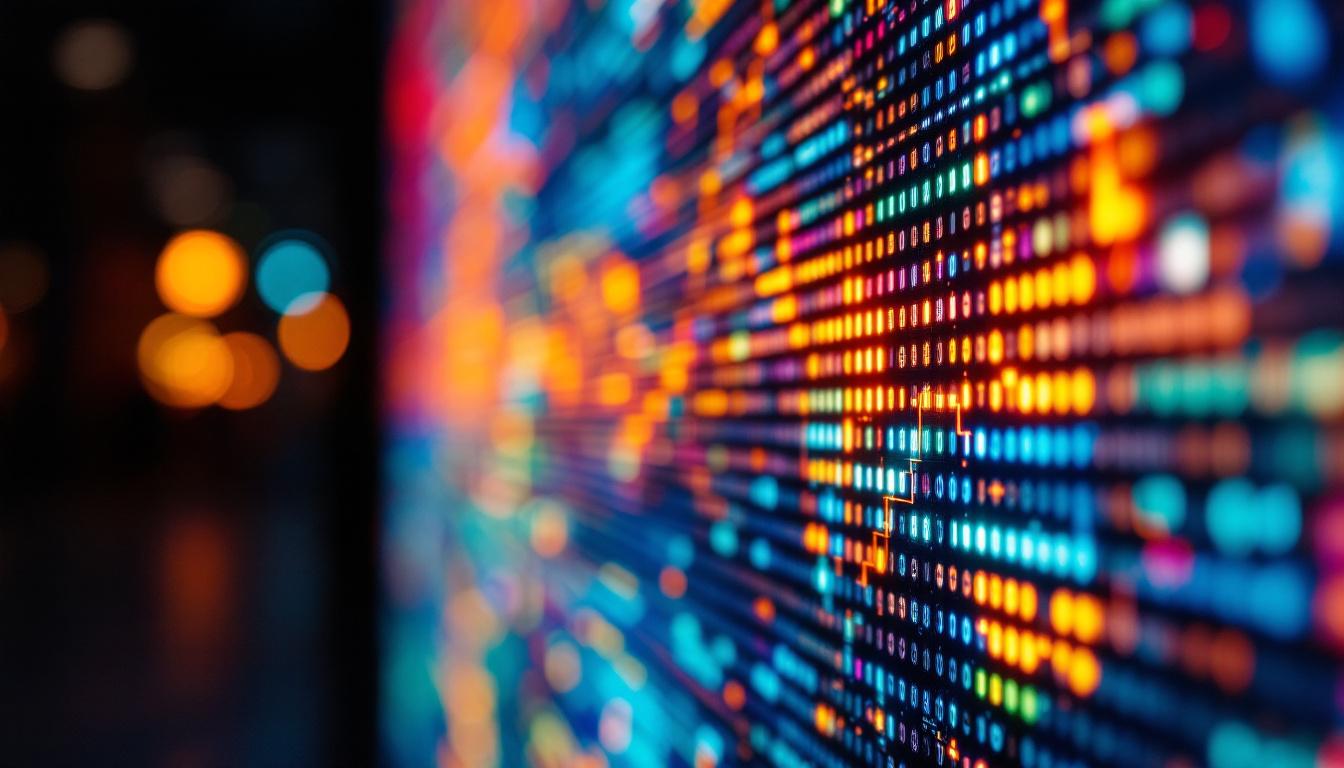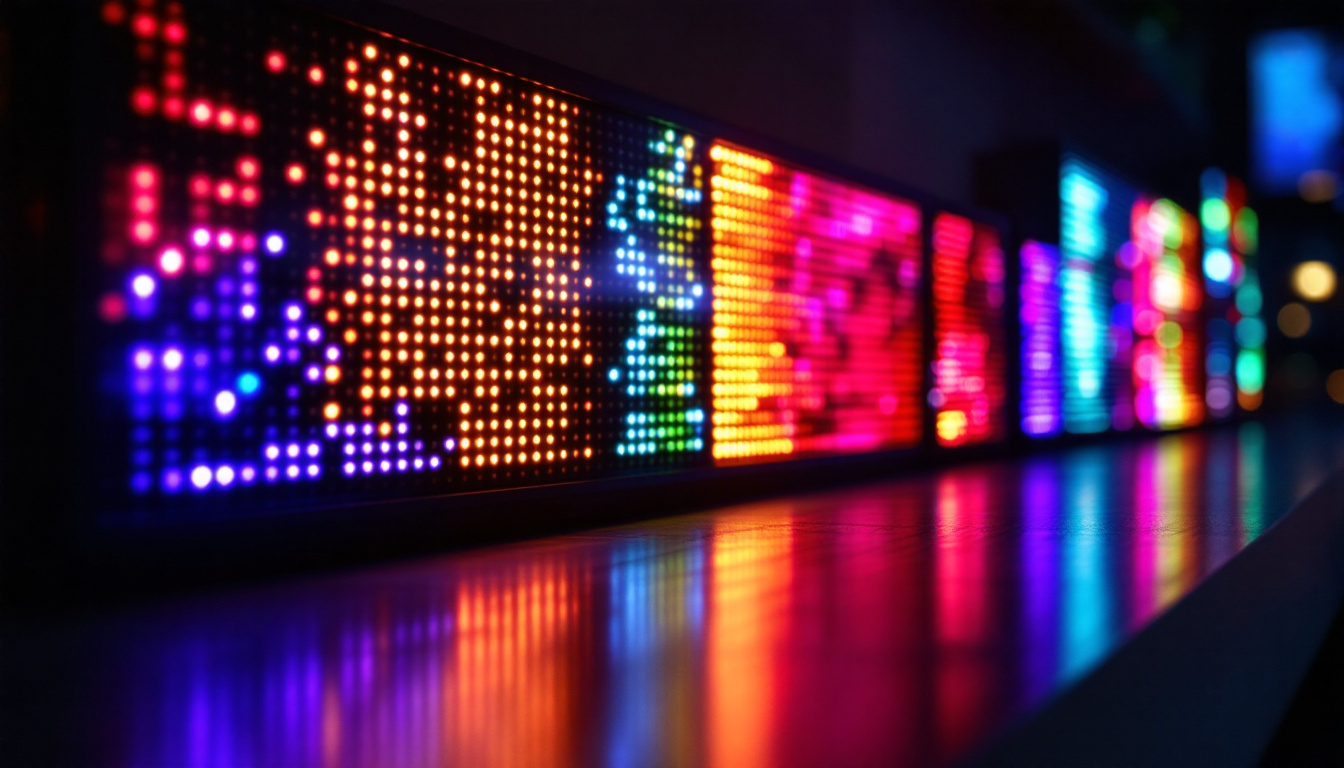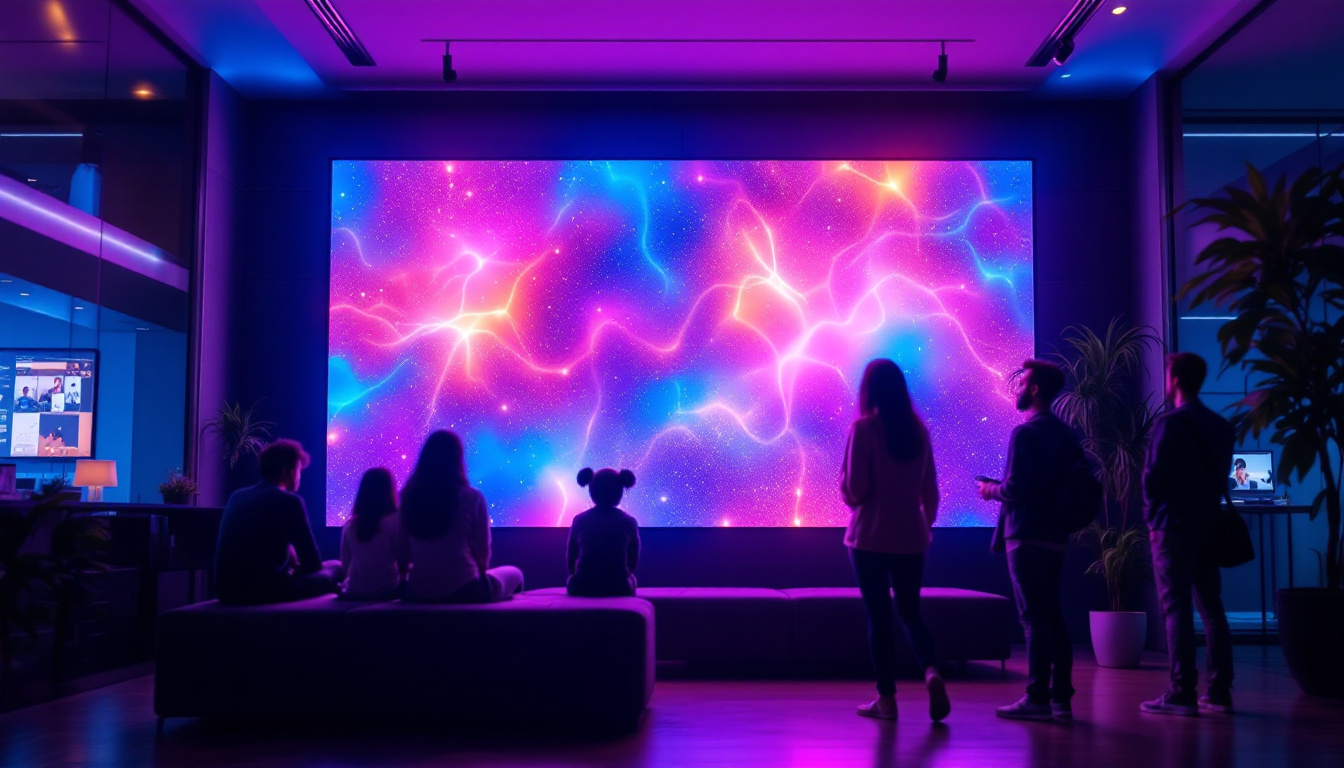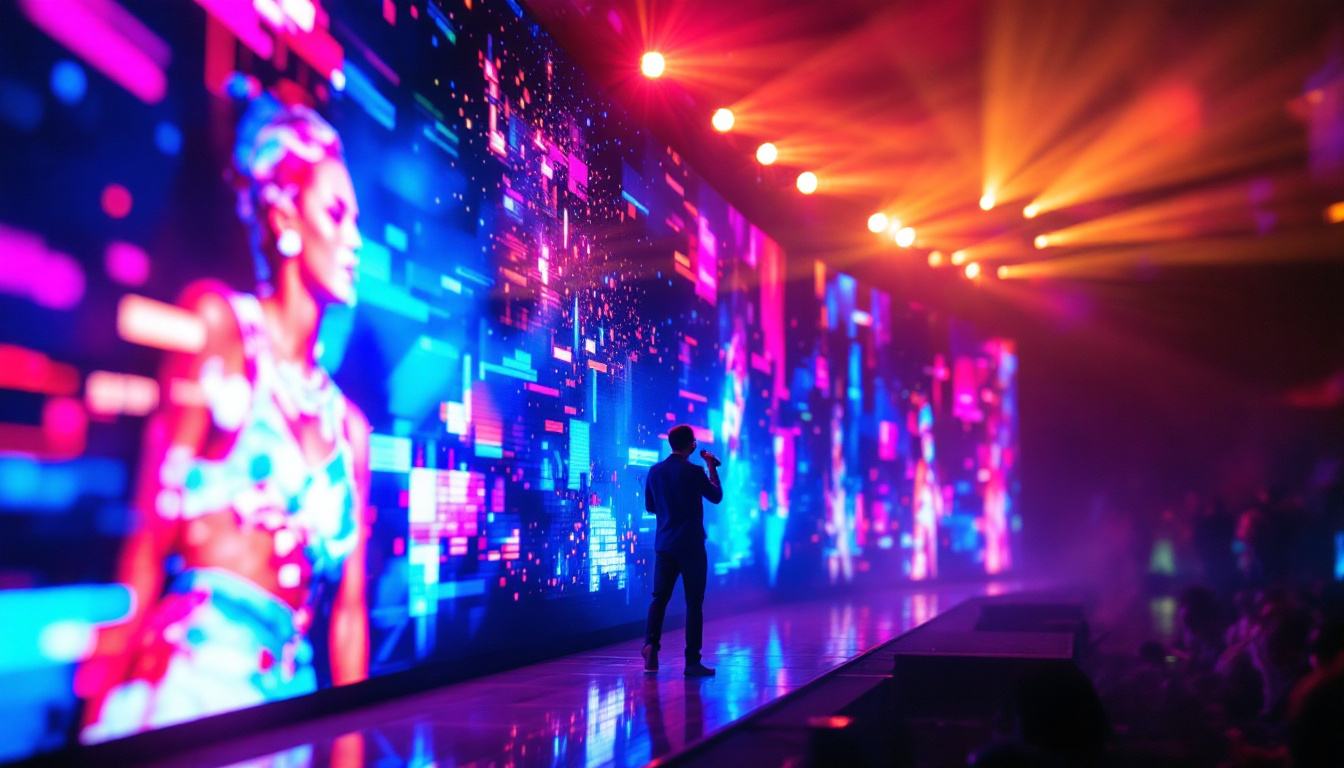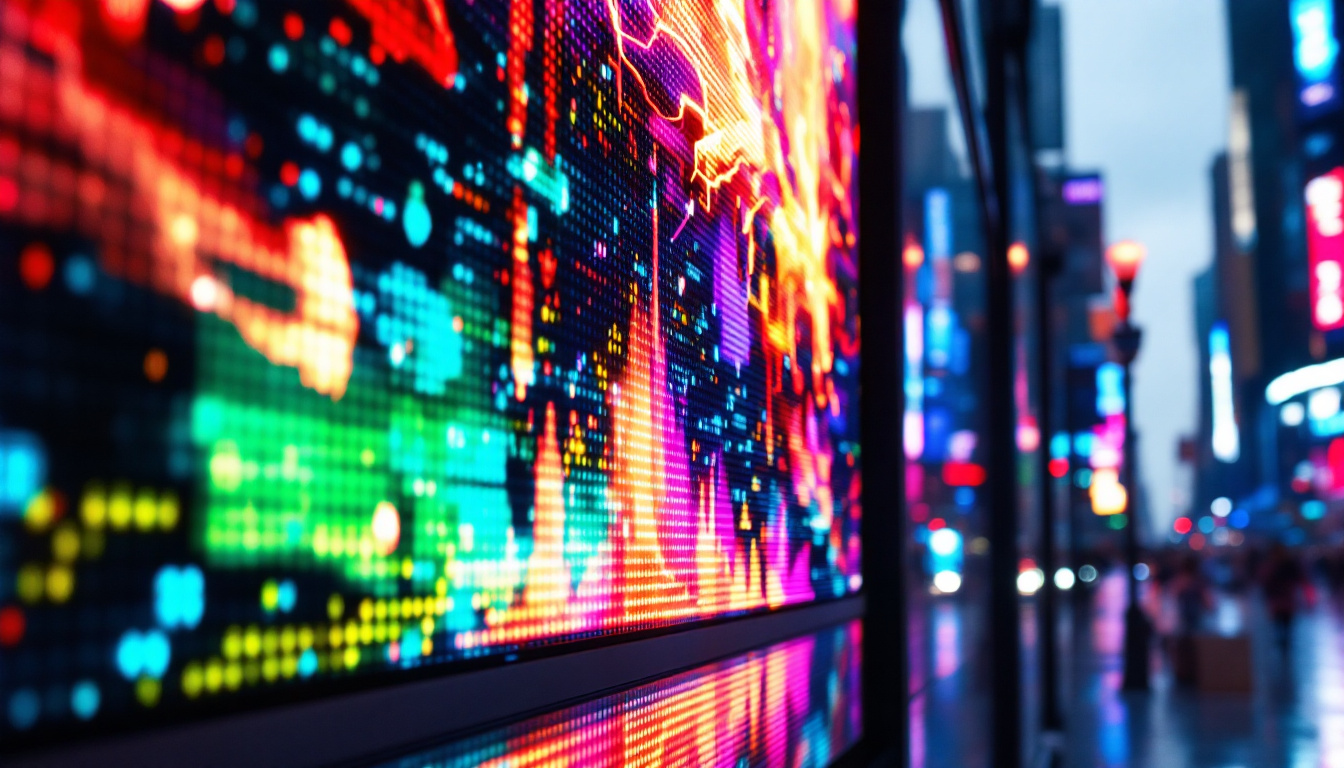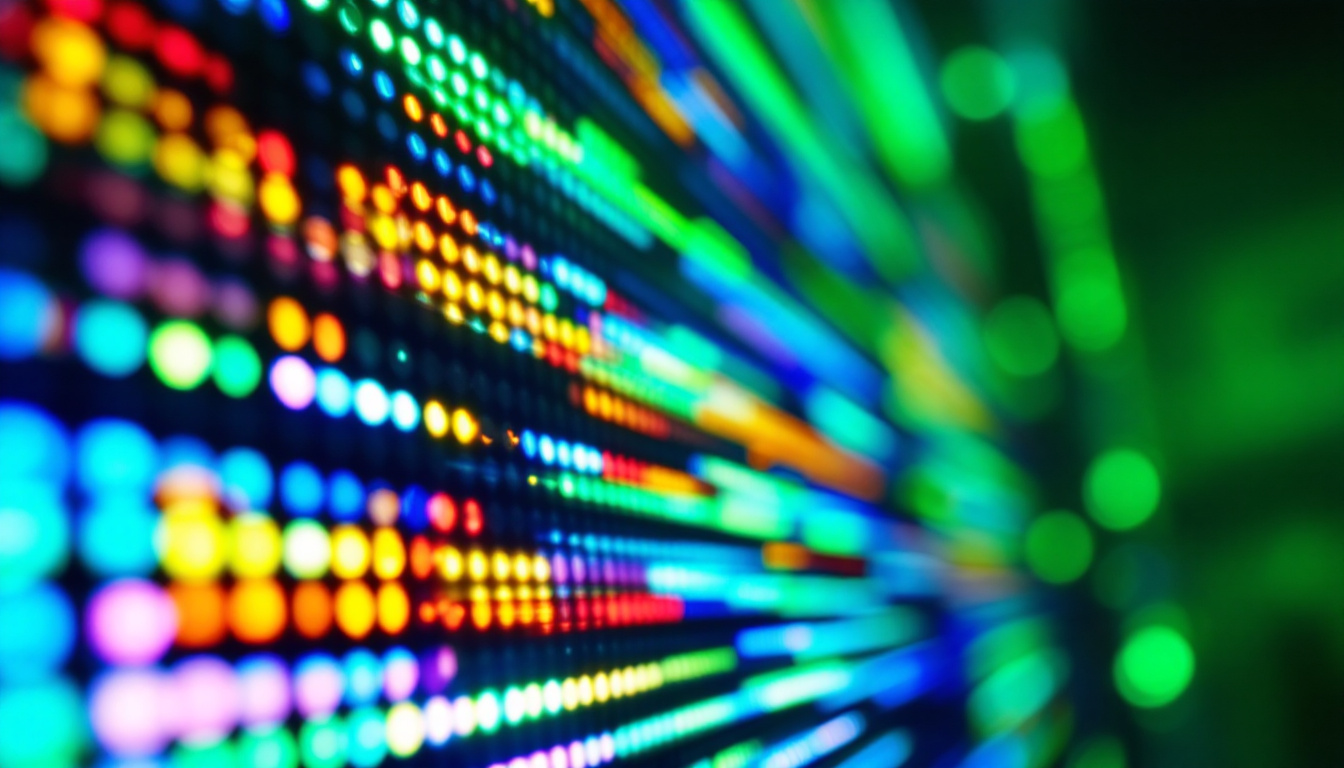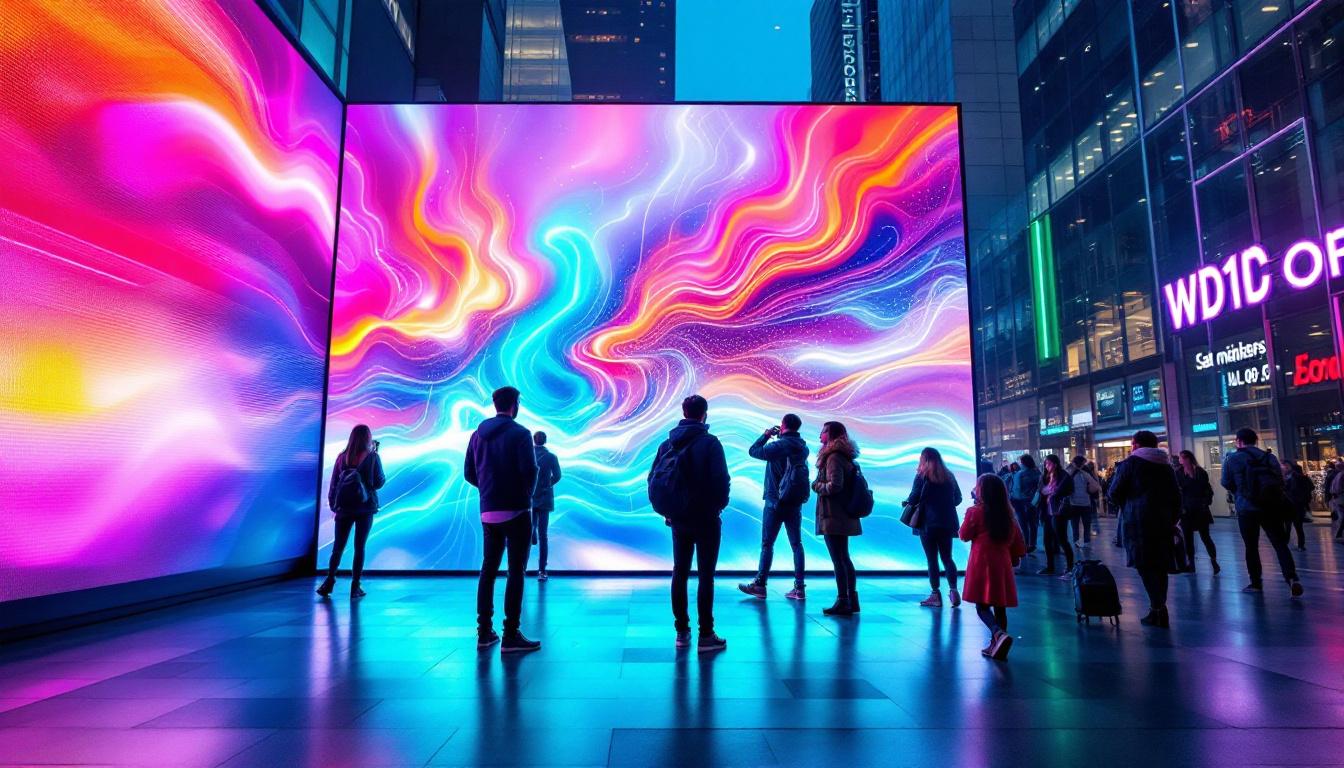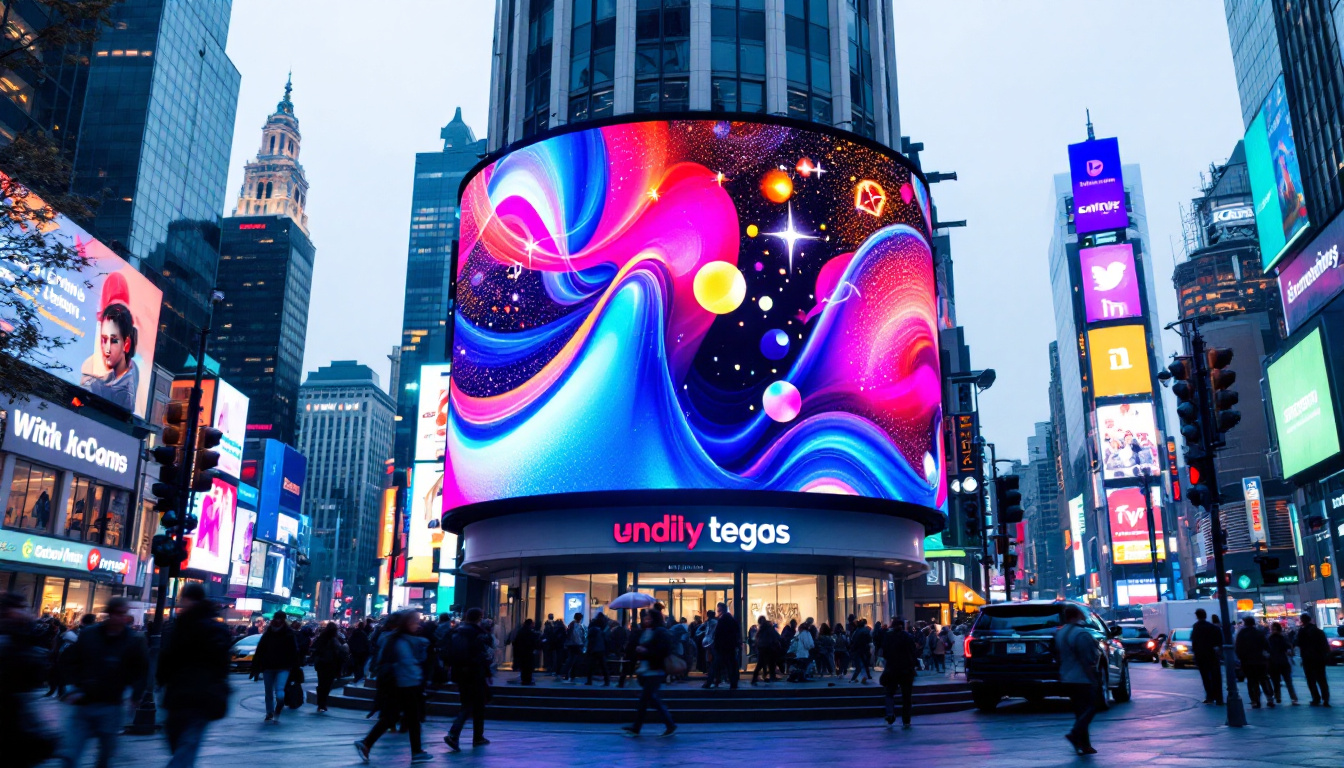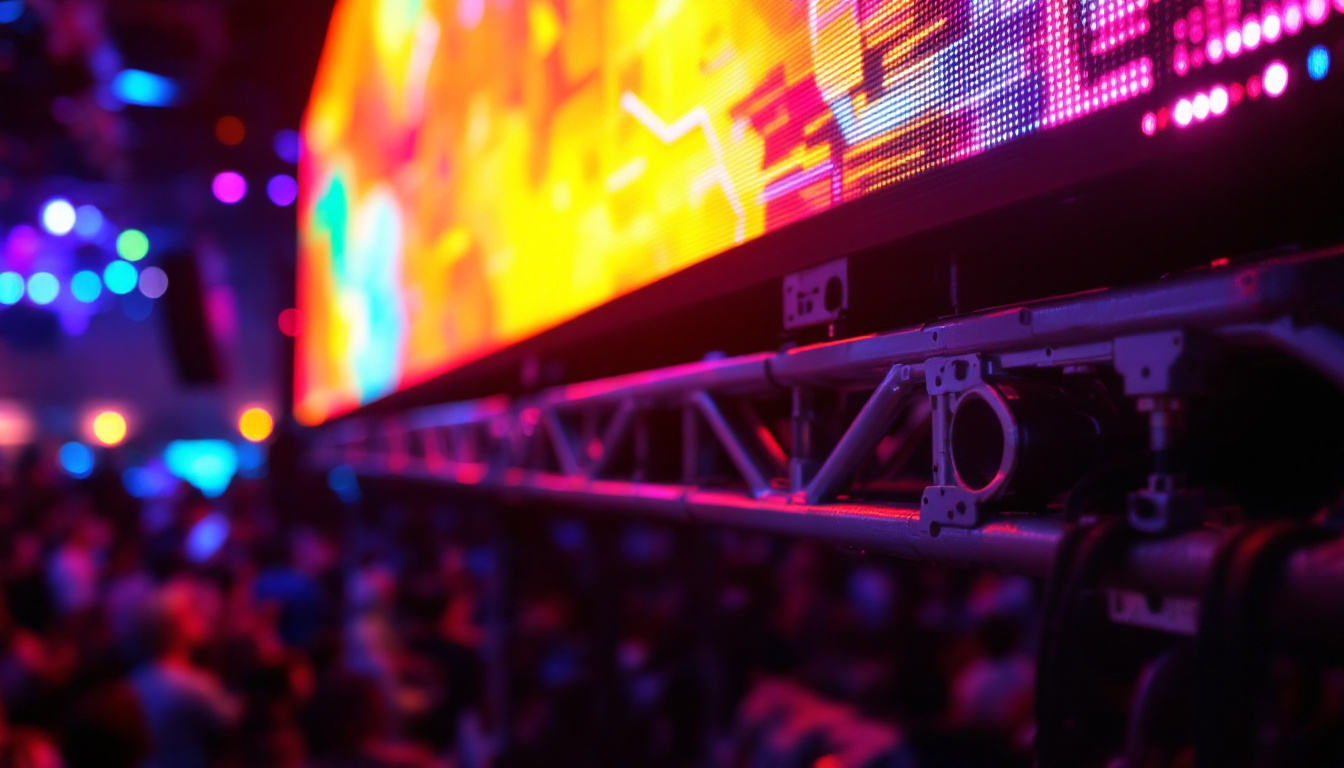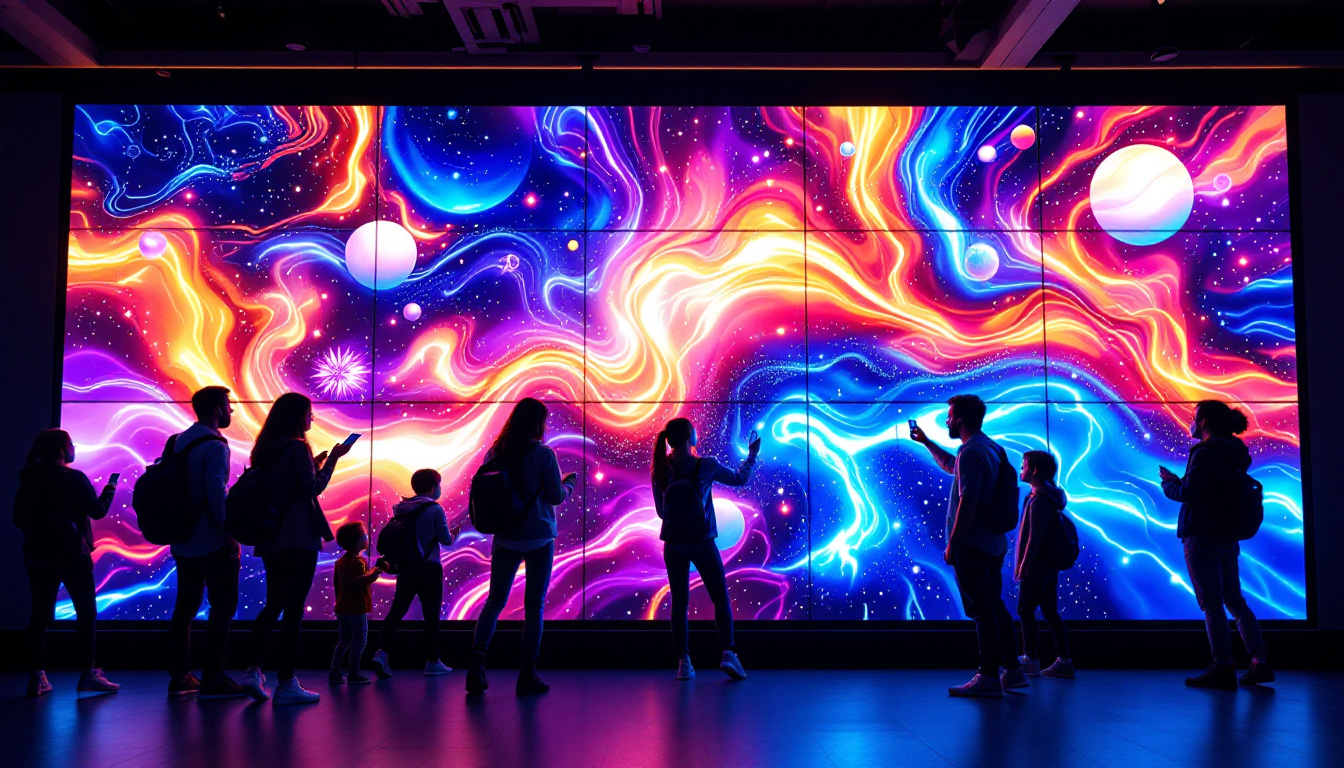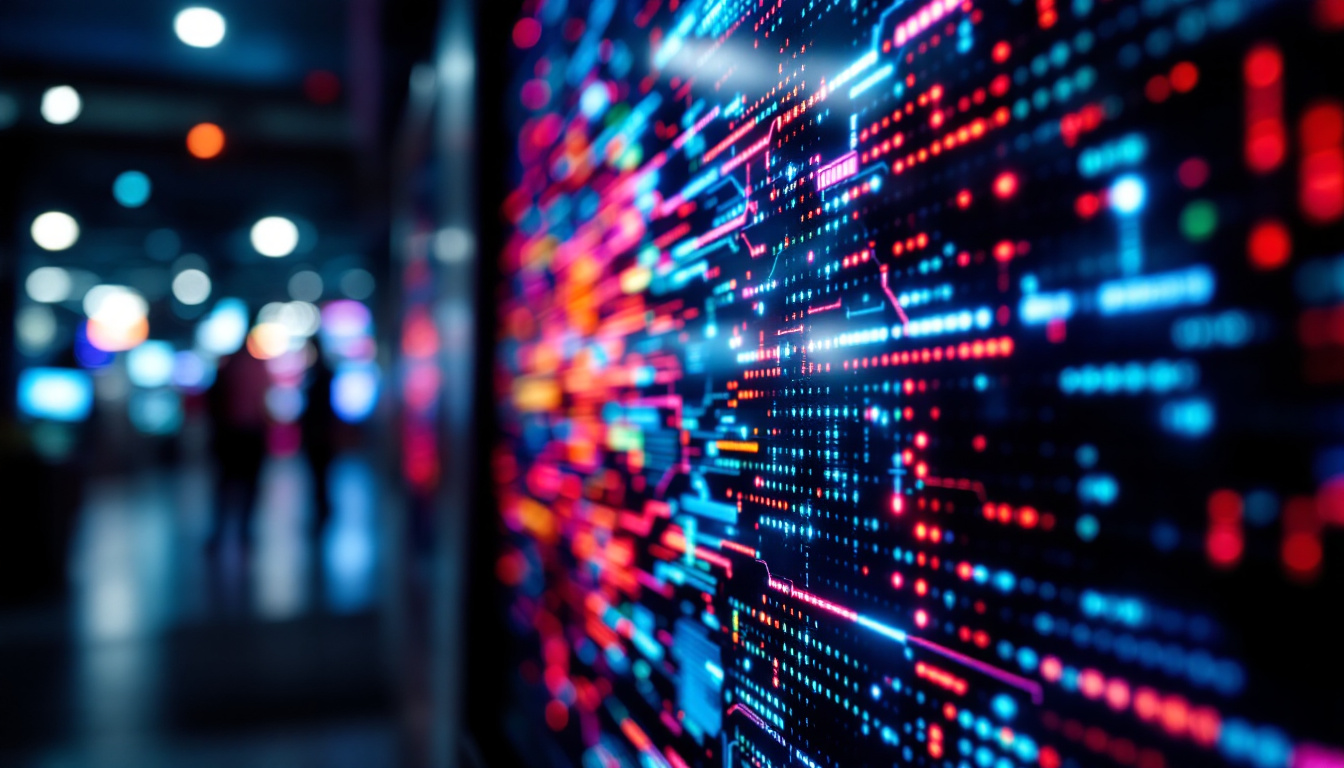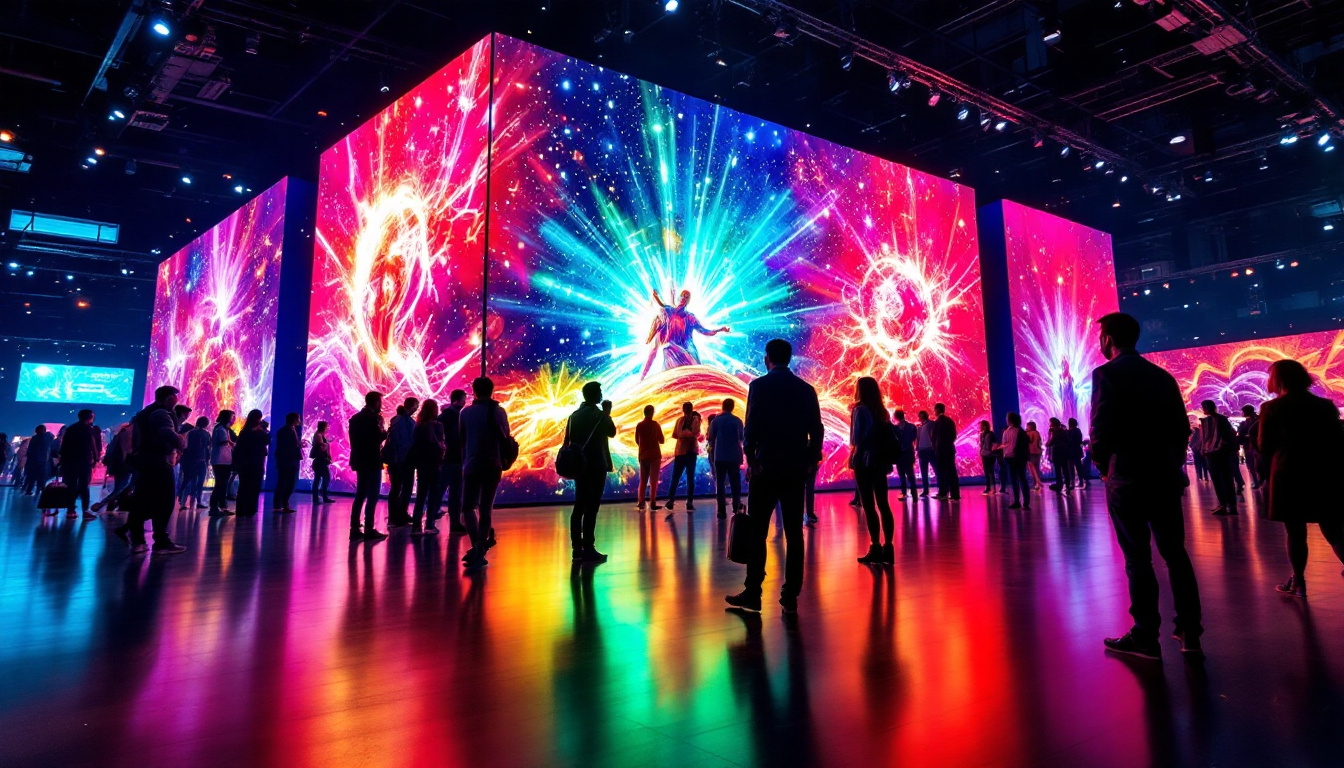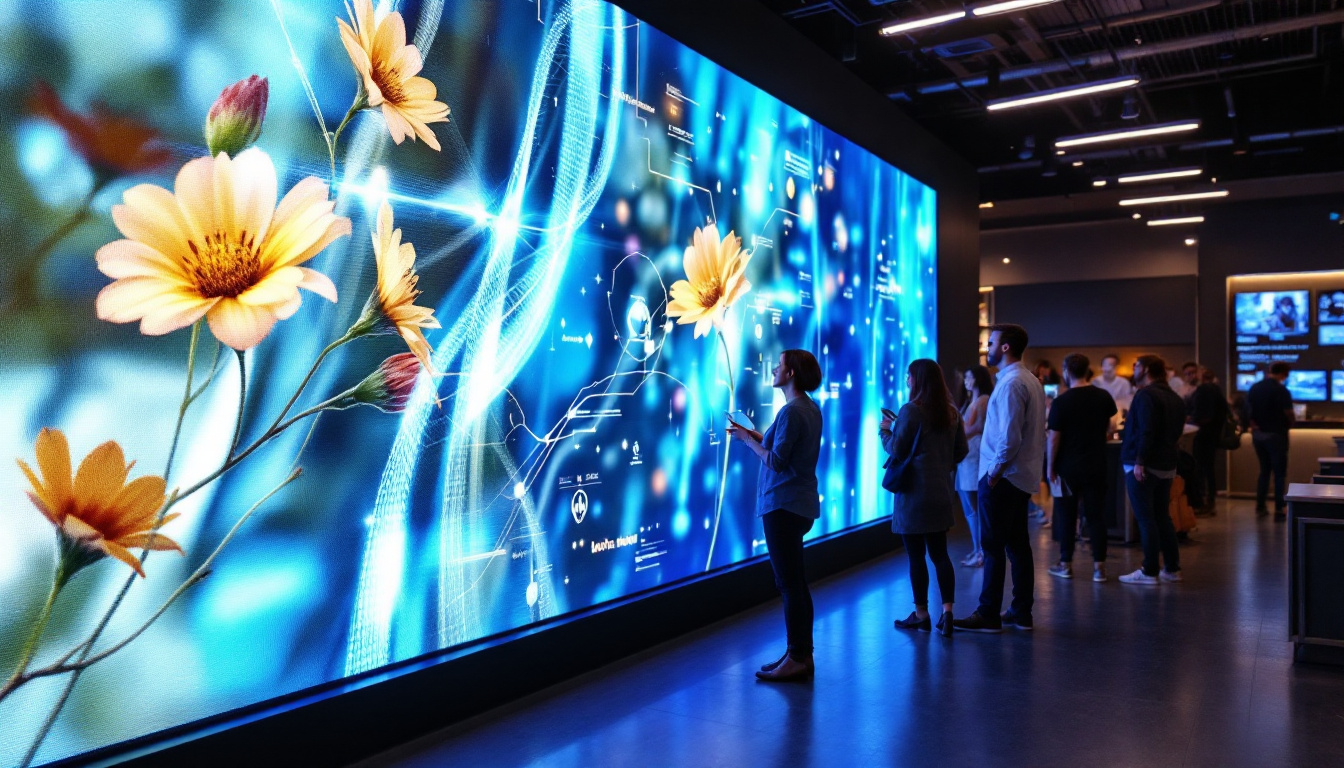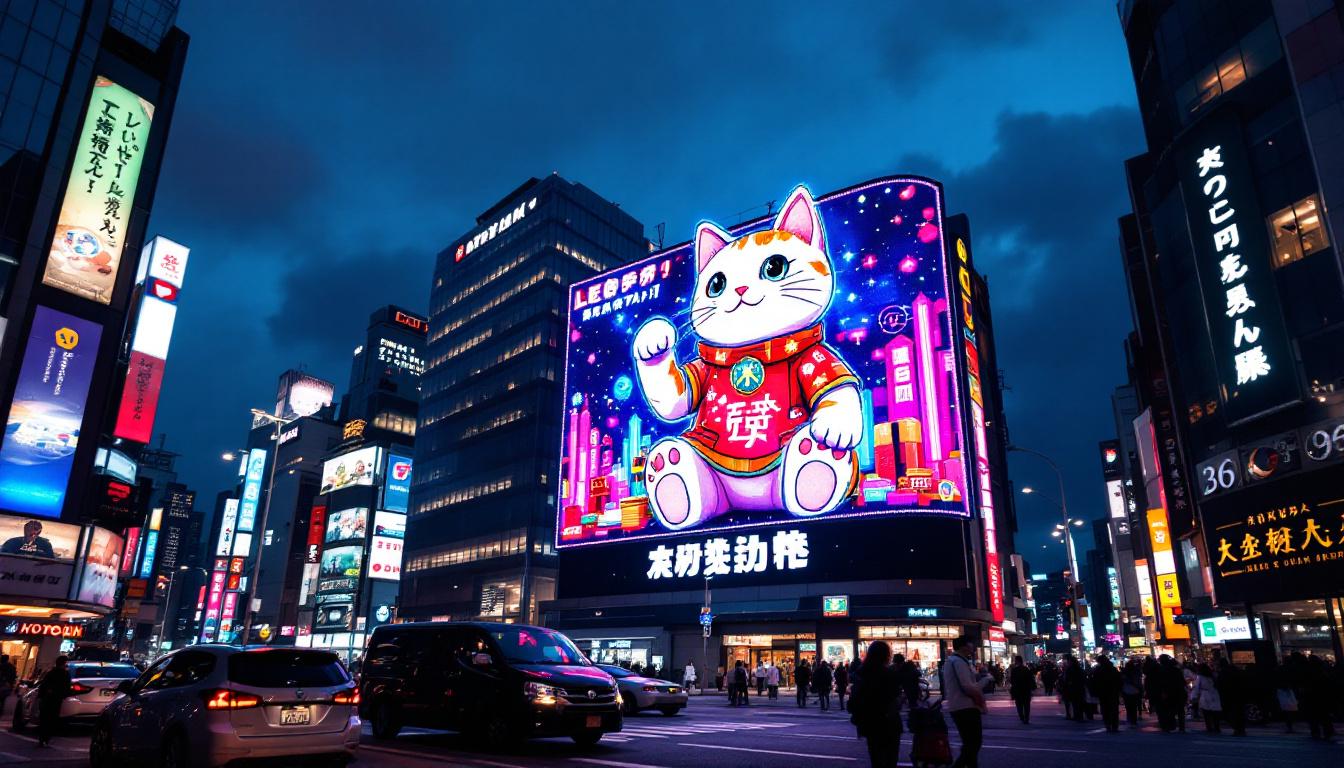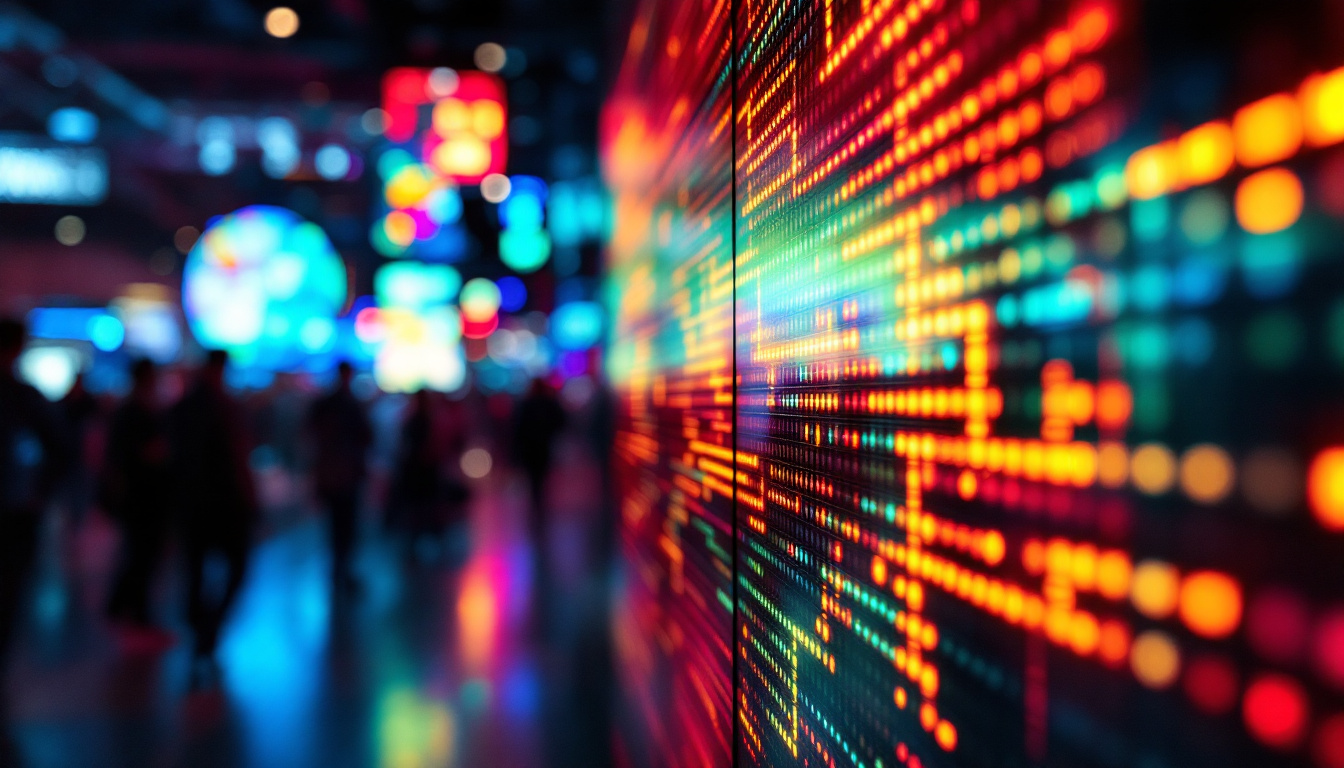In the world of modern advertising and communication, LED displays have emerged as a powerful tool for conveying messages with clarity and vibrancy. The term “Plug and Play” refers to the ease of installation and use of these displays, making them accessible for a wide range of applications. This article delves into the intricacies of LED displays, exploring their technology, benefits, applications, and future trends.
Understanding LED Technology
LED, or Light Emitting Diode, technology has revolutionized the way visual information is presented. Unlike traditional display technologies, LEDs offer superior brightness, energy efficiency, and longevity. This section will break down the fundamental concepts behind LED displays and how they operate.
How LED Displays Work
At the core of LED technology is the semiconductor material that emits light when an electric current passes through it. In LED displays, thousands of these diodes are arranged in a grid, allowing for the creation of dynamic images and videos. Each pixel on the display consists of red, green, and blue (RGB) LEDs, which combine to produce a full spectrum of colors.
The brightness and contrast of LED displays are significantly higher than those of traditional LCD screens. This is due to the direct emission of light from the diodes, rather than relying on a backlight. As a result, LED displays are particularly effective in outdoor settings where sunlight can wash out other display types. Furthermore, the rapid response time of LEDs allows for smooth transitions and high frame rates, making them ideal for video playback and animations, enhancing the overall viewing experience.
Types of LED Displays
LED displays come in various forms, each designed for specific applications. The two primary types are:
- Indoor LED Displays: These displays are typically used in venues such as shopping malls, theaters, and conference rooms. They offer high resolution and are designed for close viewing distances.
- Outdoor LED Displays: Built to withstand the elements, outdoor displays are larger and brighter, making them ideal for billboards and sports arenas. They are constructed with weather-resistant materials to ensure durability.
In addition to these primary types, there are also specialized LED displays such as transparent LED screens, which allow for a unique blend of visibility and light transmission, making them perfect for retail environments where product visibility is key. Another innovation is the flexible LED display, which can be bent and shaped to fit various surfaces, opening up new possibilities for creative advertising and artistic installations. These advancements in LED technology not only enhance aesthetic appeal but also provide businesses with versatile solutions that can adapt to their branding needs.
Moreover, the integration of smart technology with LED displays has led to the rise of digital signage, where content can be easily updated and tailored to specific audiences in real-time. This capability is particularly beneficial for marketing campaigns, allowing businesses to engage customers with dynamic content that can change based on time, location, or even weather conditions. As LED technology continues to evolve, the possibilities for its application in both commercial and artistic realms seem boundless, paving the way for even more innovative uses in the future.
The Advantages of LED Plug and Play Displays
One of the most appealing aspects of LED displays is their Plug and Play functionality. This feature simplifies the installation process and enhances user experience. Here are some of the key advantages of these displays.
Ease of Installation
Plug and Play LED displays are designed for quick and straightforward installation. Users can set up the display without the need for specialized technical skills or extensive training. This accessibility is particularly beneficial for businesses that require immediate deployment of advertising solutions.
The modular design of many LED displays allows for easy assembly and disassembly. This means that if a display needs to be relocated or upgraded, the process can be completed with minimal disruption. Furthermore, the lightweight materials used in these displays contribute to their portability, making it easier for businesses to adapt to changing environments, whether they are moving to a new location or setting up for a special event.
Cost-Effectiveness
While the initial investment in LED technology can be higher than traditional displays, the long-term savings are significant. LED displays consume less energy, which translates to lower electricity bills. Additionally, their longevity means reduced maintenance and replacement costs.
Moreover, the ability to update content remotely and in real-time allows businesses to adapt their marketing strategies quickly, maximizing return on investment. This flexibility is particularly advantageous in fast-paced industries where trends can change overnight. With the capability to instantly modify advertisements or promotions, businesses can engage their audience more effectively, ensuring that their messaging remains relevant and impactful. The integration of analytics also allows for data-driven decisions, helping companies to refine their advertising approaches based on viewer engagement and other metrics.
Applications of LED Displays
LED displays have found a wide array of applications across various industries. Their versatility and effectiveness make them suitable for both indoor and outdoor environments. Below are some common uses of LED displays.
Advertising and Marketing
One of the most prevalent uses of LED displays is in advertising. Businesses leverage these displays to showcase promotions, new products, and brand messages in a visually striking manner. The dynamic nature of LED technology allows for eye-catching animations and videos that capture consumer attention.
Outdoor LED billboards have become a staple in urban environments, providing advertisers with a platform to reach a broad audience. The ability to change content frequently ensures that advertisements remain fresh and relevant. Moreover, many LED billboards are equipped with sensors that can adjust brightness based on ambient light, ensuring optimal visibility at all times. This adaptability not only enhances the viewer experience but also conserves energy, making it a more sustainable advertising option.
Event and Entertainment Venues
In the entertainment industry, LED displays are used in concerts, sports events, and festivals to enhance the audience experience. Large LED screens provide visuals that complement live performances, ensuring that attendees have a captivating experience regardless of their seating position.
In addition, LED displays are often used in arenas and stadiums for scoreboards and real-time game updates, keeping fans engaged and informed. The integration of LED technology allows for seamless transitions between different types of content, such as instant replays, player statistics, and promotional messages, creating an immersive environment that keeps the energy high. Furthermore, these displays can be synchronized with sound systems to create a cohesive audio-visual experience, amplifying the excitement of live events.
Corporate and Educational Settings
Corporate environments utilize LED displays for presentations, meetings, and internal communications. Their clarity and brightness make them ideal for conveying information in large conference rooms or auditoriums.
In educational settings, LED displays can be used as teaching aids, providing interactive learning experiences. They can display educational content, videos, and even facilitate remote learning through video conferencing. Additionally, many educational institutions are incorporating LED technology into their classrooms to foster collaboration among students. Interactive LED boards allow for real-time participation, enabling students to engage with the material in a hands-on manner. This not only enhances understanding but also encourages creativity and teamwork, preparing students for a more interconnected world.
Future Trends in LED Display Technology
The landscape of LED display technology is continually evolving, with advancements that promise to enhance performance and functionality. Here are some trends to watch in the coming years.
Higher Resolution Displays
As consumer demand for sharper images increases, manufacturers are focusing on producing higher resolution LED displays. Technologies such as MicroLED and MiniLED are paving the way for displays with even finer pixel pitches, resulting in stunning image quality.
These advancements will allow for more immersive experiences in various applications, from gaming to virtual reality, where visual clarity is paramount. The transition to higher resolution displays also means that content creators will need to adapt their workflows to take full advantage of these capabilities, leading to innovations in video production and graphic design. As a result, we can expect a surge in high-definition content that leverages the full potential of these advanced displays, enhancing the overall viewing experience for consumers.
Integration with Smart Technology
The integration of LED displays with smart technology is another trend that is gaining momentum. Displays equipped with sensors and connectivity features can provide interactive experiences, allowing users to engage with content in new ways.
For instance, smart LED displays can adapt their brightness based on ambient light conditions, ensuring optimal visibility while conserving energy. Additionally, they can connect to the internet for real-time content updates and analytics. This connectivity opens up exciting possibilities for advertising, where targeted messages can be displayed based on audience demographics and behavior. Moreover, as the Internet of Things (IoT) continues to expand, we can expect LED displays to play a crucial role in smart cities, providing dynamic information to residents and visitors alike.
Environmental Considerations
As sustainability becomes a critical focus for many industries, LED display manufacturers are exploring eco-friendly materials and production methods. Efforts to reduce energy consumption and enhance recyclability are becoming standard practices in the industry.
Furthermore, advancements in technology are leading to displays that have a longer lifespan, which reduces waste and the need for frequent replacements. This focus on sustainability aligns with the growing consumer preference for environmentally responsible products. In addition to using sustainable materials, manufacturers are also investing in energy-efficient designs that minimize power consumption during operation. As a result, we can expect to see a rise in the use of solar-powered LED displays in outdoor settings, contributing to a greener future while still delivering high-quality visual experiences. This commitment to environmental stewardship not only benefits the planet but also enhances brand reputation, as consumers increasingly favor companies that prioritize sustainability in their practices.
Conclusion
LED Plug and Play displays represent a significant advancement in visual communication technology. Their ease of installation, cost-effectiveness, and versatility make them an ideal choice for a wide range of applications. As technology continues to evolve, the future of LED displays promises even greater innovations, enhancing how messages are conveyed in both commercial and personal contexts.
Whether in advertising, entertainment, or education, LED displays are set to play a pivotal role in shaping the way information is shared and experienced. Embracing this technology can provide businesses and organizations with a competitive edge in an increasingly visual world.
Discover LumenMatrix’s Advanced LED Solutions
Ready to elevate your visual communication with the latest in LED technology? Look no further than LumenMatrix, where innovation meets impact. Our comprehensive range of LED display modules, from Indoor and Outdoor LED Walls to specialized solutions like Vehicle Displays and Transparent LEDs, are designed to captivate and engage your audience. Experience the future of digital signage with our All-in-One LED Displays and Custom LED solutions tailored to your unique needs. Don’t miss the opportunity to transform your space and message with unparalleled clarity. Check out LumenMatrix LED Display Solutions today and see the difference for yourself.

